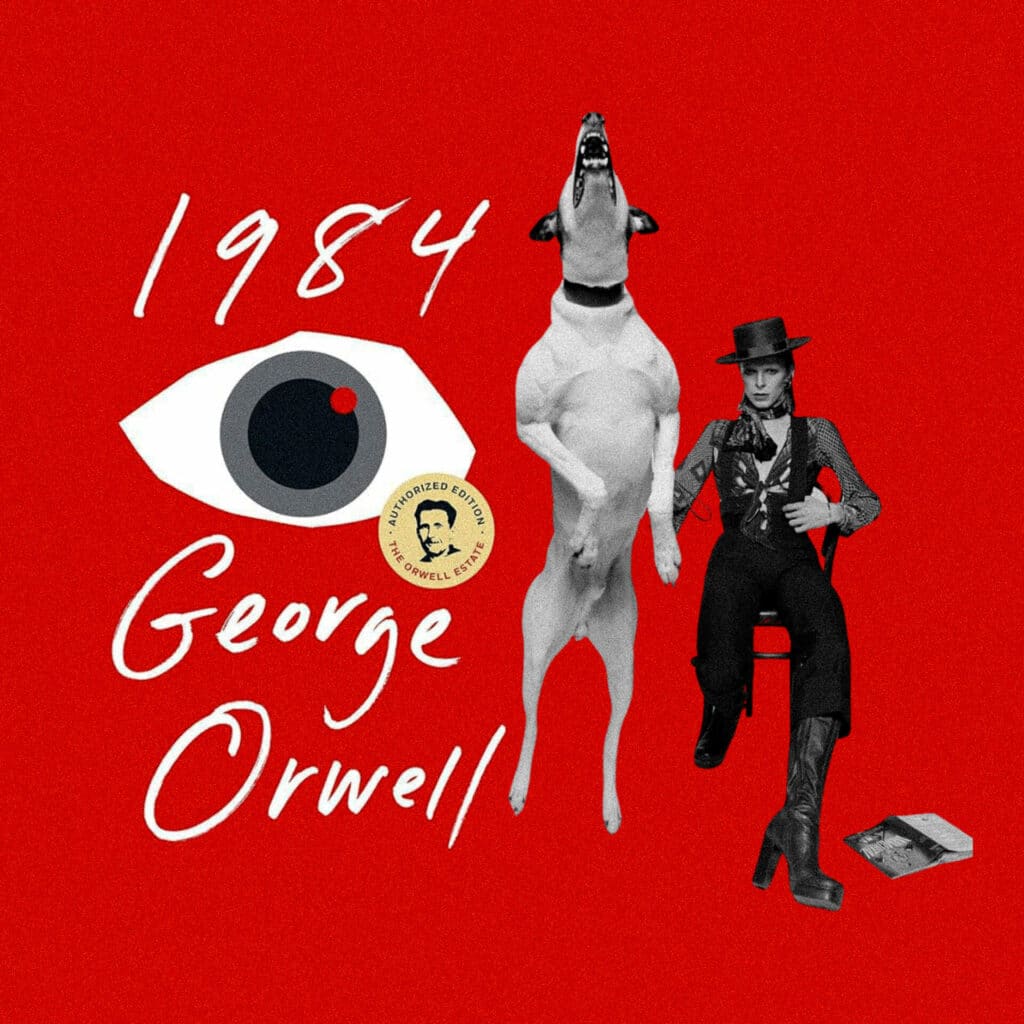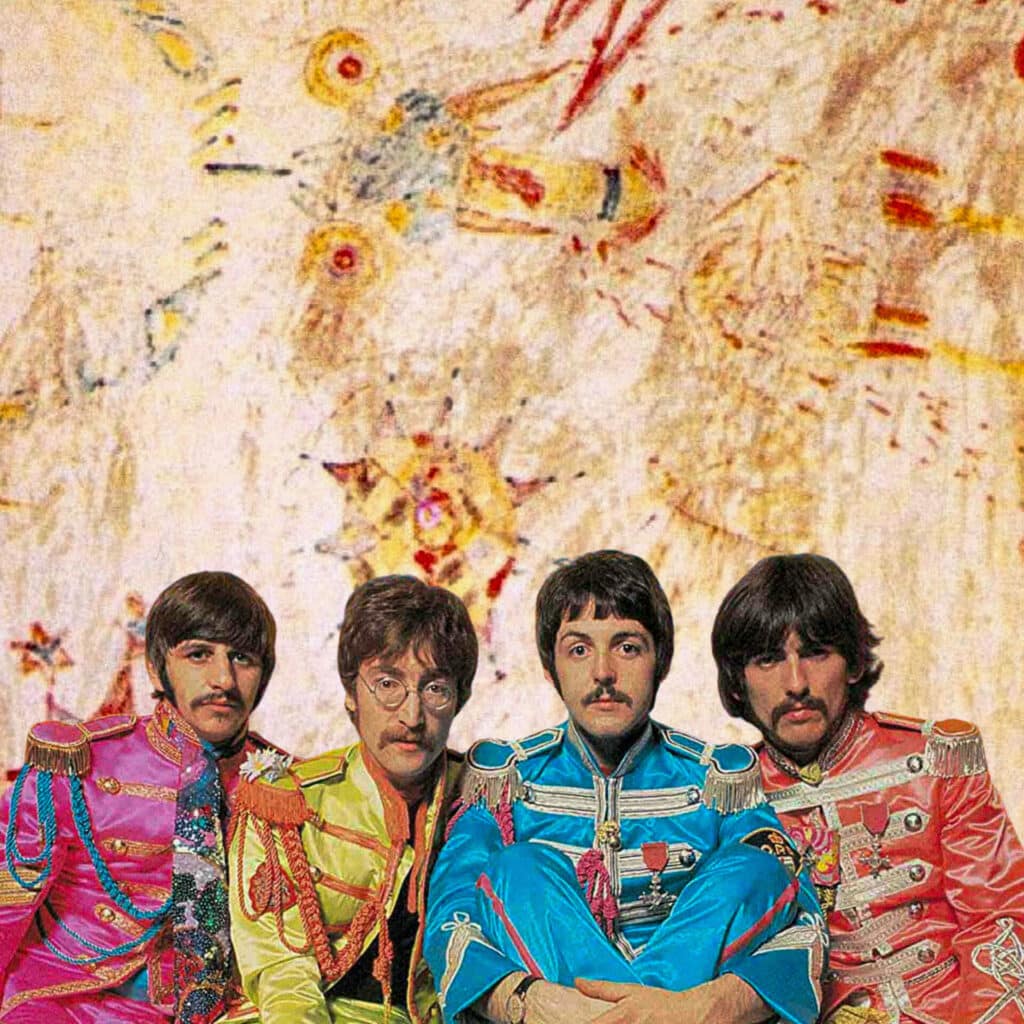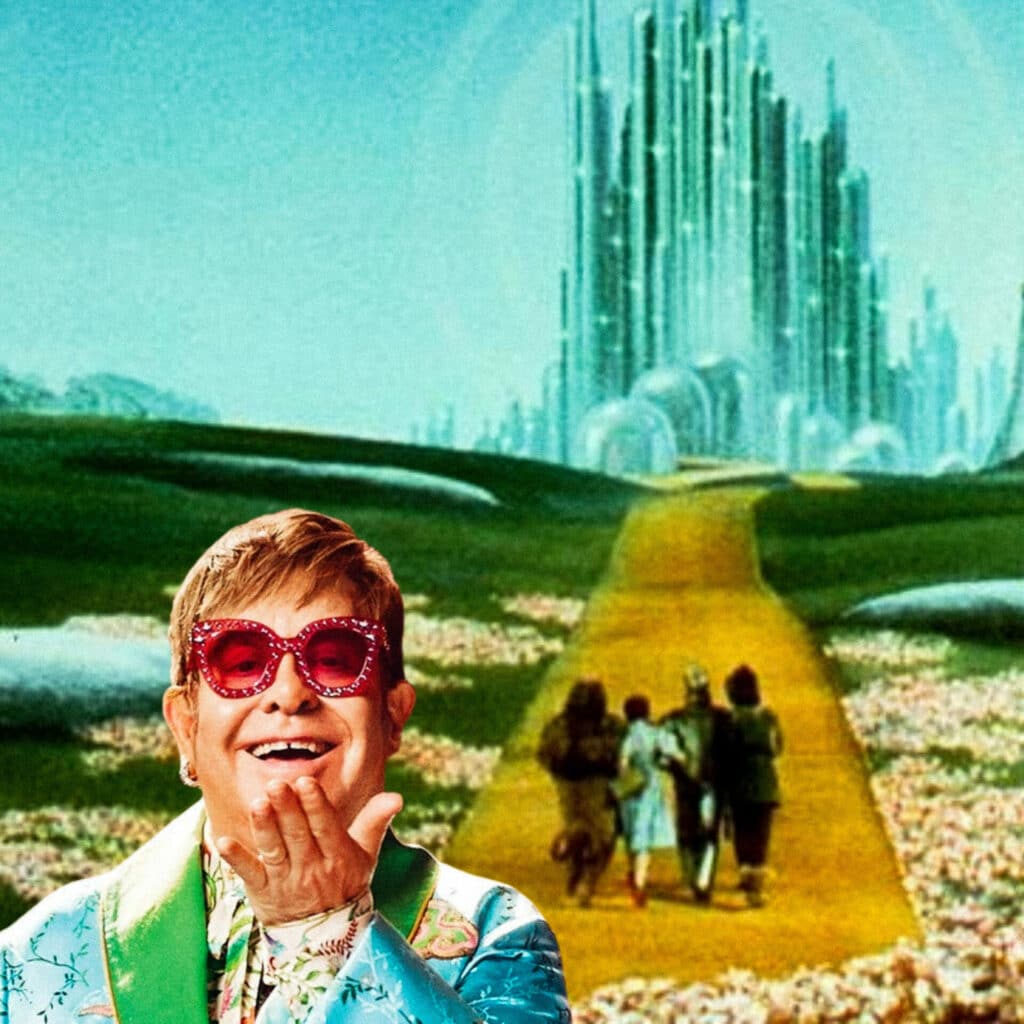Social Media was abuzz with articles around the launch of Beyoncé’s hotly anticipated album ‘Cowboy Carter’ and her drawing inspiration from the South African Neo-Western Film ‘Five Fingers for Marseilles’, directed by Durban-born Michael Matthews, among other western films.
Queen Bey listed ‘Urban Cowboy,’ ‘The Hateful Eight’, ‘Space Cowboys’, ‘The Harder They Fall’ and ‘Killers of the Flower Moon’, as movies she watched during the recording process in order to craft her own ‘character’ for her debut country album. “Each song is its own version of a reimagined Western film” said Beyoncé’s statement.
Michael Matthews says: “It’s a huge honour to have made a mark on an artist as bold and innovative as Beyoncé, and to be included among filmmaking royalty like Tarantino and Scorsese, as well as to have South African film recognised in this way. The hope is that it leads to more eyes on the film around the world and on our incredible local films and filmmakers across the board.”
Co-founder and CEO of our studios James Matthes wrote the Original Soundtrack for Five Fingers for Marseilles in 2017. In fact he had been working with Michael Matthews and the team from BePhat Motel on the project many years before the film was financed. Even writing several themes at the concept stage in 2011 which he then used as inspiration when working on the final film.
“It’s quite a surreal feeling. I think anybody can feel quite proud that something that you worked on inspired another artist. The creative arts industry has forever been inspired by other people’s works” says James on having his work inspire Beyoncé.
All this talk about inspiration got us thinking: ‘Where does inspiration come from?’.
We first got James to dig deep into his memory and tell us what inspired him while writing the score for Five Fingers for Marseilles:
“Ennio Morricone was a big inspiration, just based on the genre I wanted to try see how he wrote music for the western genre and capture that in my music. I didn’t want to sound like him, but rather capture the way he made you feel about the music and its role in the film. I was also listening to a lot of Timber Timbre at the time, they have a grittiness in their sound that I really wanted to try and instill in the score. During the recording process I worked with musician Derek Gripper who had a very raw approach to playing viola. He had this idea to play it like a Segankure (a single string instrument indigenous to the area the film was set) which has such a distinct sound. I remember having to rethink a lot of the music that I had written based on Derek’s performance. It was so rough around the edges but unique. In the end I had to weigh up the authenticity and uniqueness of the sound that we were creating with the “Segankure”, versus what was considered “good music” and ended up leaning towards authenticity, giving the film a unique sonic landscape which felt like a massive success to me. Collaborating with Derek reminded why we collaborate in the industry in order to find the best ideas and then make them work.
And it goes without saying that I was really inspired by the script and the team who all closely collaborated on the film. Writer Sean Drummond and Director Michael Matthews are both so passionate and motivated to do their very best. Collaborating with them was an inspiration in itself.”
We also asked James to answer the question ‘where does inspiration come from?’:
“It comes from everywhere, it’s all around us. I often will be thinking about something else completely and get inspired with an idea for something else. And a lot of it often happens in the shower getting ready for my day!”
Here are some interesting stories of musicians being inspired by other artists’ work:



David Bowie’s album “Diamond Dogs” was inspired by George Orwell’s novel “1984.” Bowie originally intended to create a musical adaptation of the novel, but he was unable to secure the rights. Instead, he incorporated themes of dystopia, authoritarianism, and rebellion into the album, which features songs like “1984” and “Big Brother.”
The Beatles’ iconic song “Lucy in the Sky with Diamonds” was inspired by a drawing made by John Lennon’s son, Julian. Julian drew a picture of a girl named Lucy surrounded by stars, and when he showed it to his father, John was inspired by the imagery and decided to write a song about it.
Elton John’s album “Goodbye Yellow Brick Road” was inspired by the classic film “The Wizard of Oz.” The album’s title track and several other songs reference characters and imagery from the film, using them as metaphors for Elton John’s own experiences and emotions. “Goodbye Yellow Brick Road” explores themes of fame, disillusionment, and the search for meaning.
Inspiration is not meant to be hoarded or kept hidden—it is meant to be shared with the world.
While inspiration often arrives unexpectedly, the creative process is a deliberate and intentional journey that requires dedication, discipline, and perseverance.
Our creative hub of audio pioneers and composers in Cape Town continually draw inspiration from each other. We all have a unique opportunity to inspire others through our work, sparking new ideas, provoking thought, and igniting the imagination of audiences around the globe. By sharing our creative vision with the world, we can create a ripple effect of inspiration that transcends boundaries, cultures, and generations.